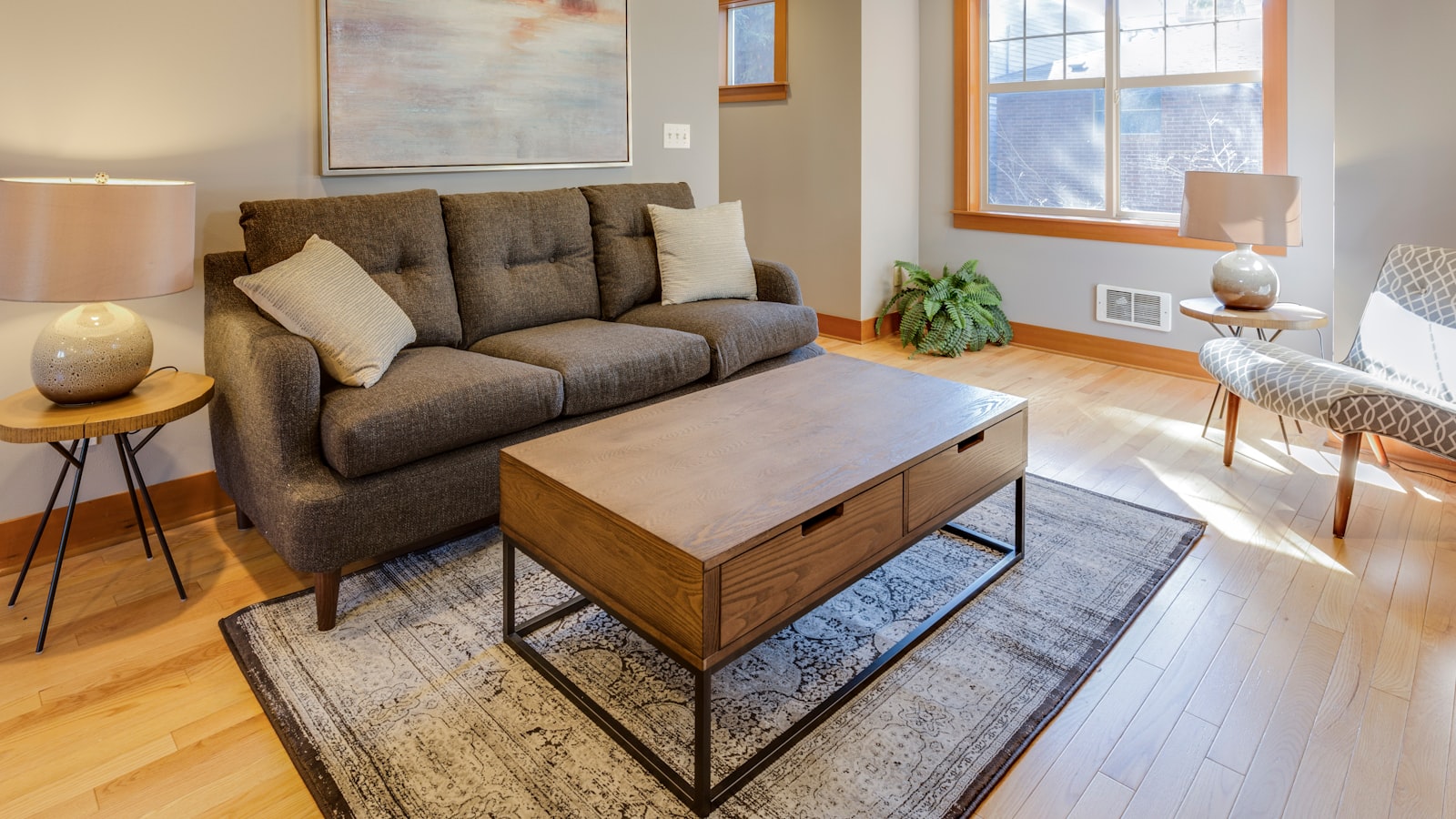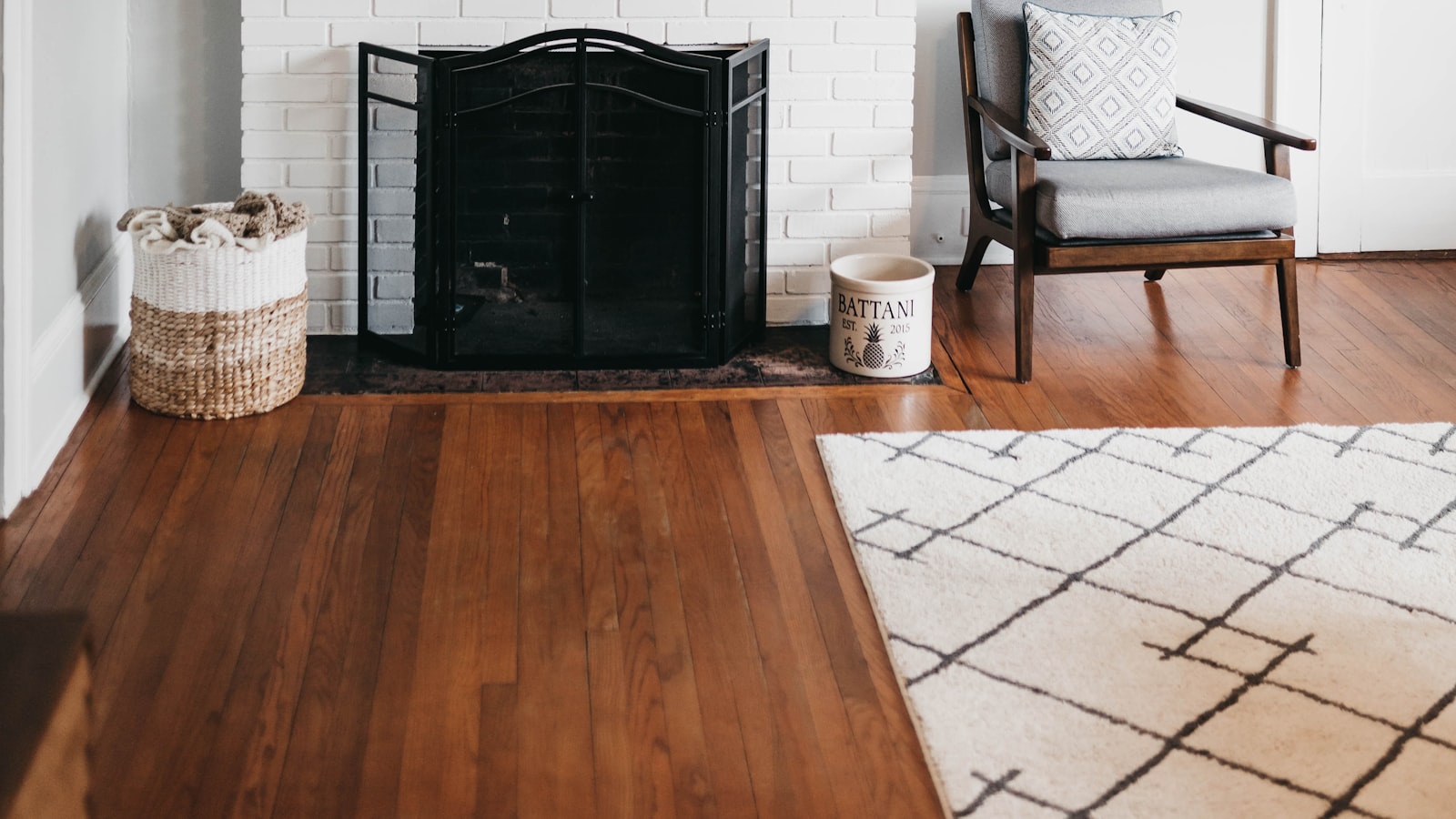
Assisted Living Facilities
Assisted living facilities provide a mix of services and amenities to help older adults maintain their independence. They typically provide assistance with activities of daily living (ADLs) such as bathing, eating, toileting and medication management.
They also offer a wide range of social and recreational opportunities, including game nights, exercise classes, support groups, happy hours and holiday celebrations. Some facilities also offer transportation for residents to doctor’s appointments or errands.
assisted living facilities
Assisted living facilities are designed for older adults who need help with daily activities but do not need the round-the-clock health care that a nursing home provides.
Often, these people are able to maintain their independence and can even live on their own without the assistance of a full-time caregiver. They are able to do things such as cook, clean and shop.
In addition, they do not have to worry about transportation anymore as the facility will take care of those errands for them.
Many assisted living facilities also offer senior-friendly social programs and activities. This can provide seniors with something to do and improve their mental health.
does medicare pay for assisted living
Assisted living facilities offer services such as room and board, personal care, supervision and medical monitoring to residents who don’t need skilled nursing care. The care provided here is generally less intensive than that offered in a nursing home, and it can be more affordable.
Medicare does not cover this kind of care. However, Medicaid, a state and federal program for low-income older adults and people with disabilities, may provide some assistance to those who meet eligibility requirements.
To qualify, an individual must fit the financial and functional eligibility criteria. They must also have a doctor’s certification that their care in an assisted living facility is medically necessary.
how much is assisted living
There are many reasons why you or your loved one may want to move into assisted living. A few examples include aging in place, chronic health issues, memory loss, or mobility problems.
Choosing the right facility can be a challenging process, but it is an important one that offers a lot of benefits to you or your loved one. Assisted living communities offer the comfort of 24-hour assistance with activities of daily living (ADLs), three delicious meals a day, transportation, wellness programs and senior-friendly exercise options.
The cost of assisted living varies greatly, based on location and amenities. However, it is generally much cheaper than a nursing home or semi-private room in a traditional senior care community.
who pays for assisted living
Most assisted living residents pay for their care out of pocket or with help from long-term care insurance.
Medicare and most private health insurance plans do not cover this type of long-term care.
Medicaid, the joint federal and state health program for low-income people and those with disabilities, may provide some coverage. But eligibility requirements and services covered vary from state to state.
Some states also offer home and community-based waivers that can reduce the cost of assisted living. To find out if you qualify, contact your state’s Medicaid agency or area agency on aging.
assisted living vs nursing home
Assisted living facilities are for older adults who need help with daily activities but don’t require the level of care offered by nursing homes. They provide a place to live with social connections and activities that encourage mental and physical health.
Typically, assisted living facilities have smaller communities, with rooms or apartments shared by several residents. They offer assistance with bathing, dressing and transportation to meals and activities.
Nursing homes are a little more clinical, with a higher focus on medical care and support for people who are bedridden or have complex health conditions. They have a nurse on staff at all times and may also have therapists on hand.










